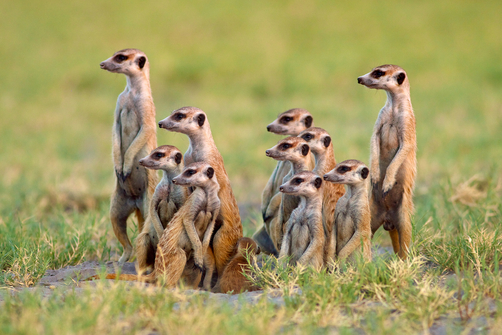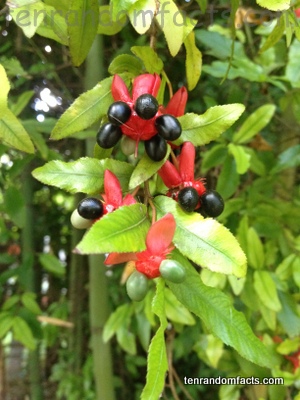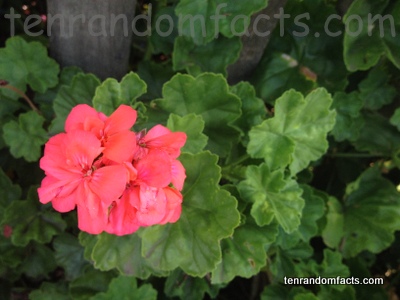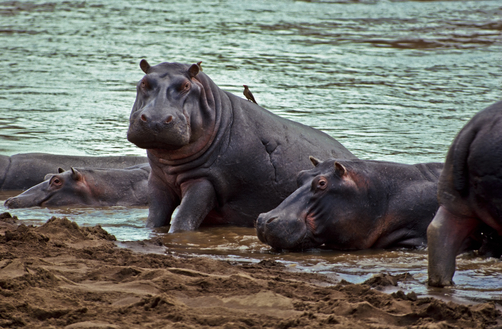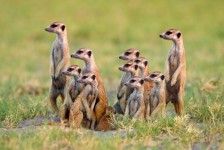
Stay alert like a meerkat.
- ‘Meerkats’ are also known as ‘suricates’, while their scientific name is ‘Suricata suricatta’, and they are from the family Herpestidae, the family of mongooses.
- Meerkats are mammals native to the grassy plains and desert areas of southern Africa, residing in burrows, sometimes sharing them with fellow mongoose or squirrels, and they live in clans, generally consisting of 10 to 30 individuals, but up to 50.
- Meerkats have a typical lifespan of 4 to 14 years, often depending on their position in the mob that they live in, and are mainly preyed on by birds such as hawks, vultures and eagles, although jackals and snakes also take an interest in them, and the venom of some potentially dangerous animals, such as snakes or scorpions, do not affect them.
- ‘Meerkat’ comes from the Dutch word for a long tailed monkey and ‘lake cat’ and they have a thin tail that is used for balance and signals, and they have small ears that can be closed to prevent dirt entering them.
- Meerkats generally weigh between 720 to 900 grams (1.6 to 2 pounds), can grow to be a height of 25 to 35 centimetres (10 to 14 inches) from the head to the body, and have a tail length of 17 to 25 centimetres (6.7 to 9 inches).
Meerkats on Guard
Image courtesy of National Geographic
- Meerkats are typically brown in colour, with their own, individual decorative patterns, such as stripes of black or with a red tinge, and they have a wide range of vision with dark coloured skin around their eyes, that work a bit like human sunglasses.
- Meerkats’ diets typically consist of insects, small birds, reptiles and mammals, and vegetation, and they usually gain moisture from the foods they eat.
- Individual meerkats in a clan will stand erectly on guard to lookout for danger, while the rest scavenge for food, using barks or whistling noises as warnings.
- Meerkats can have up to four litters in a year, of one to five pups, and they are taught to defend and forage for food by older clan members.
- Meerkats have a dominant pair in the group, that are the main breeders, and sometimes they will kill the offspring of other meerkats to give their’s the best chance of survival.
Bibliography:
Meerkat, 2013, Wikipedia, http://en.wikipedia.org/wiki/Meerkat
Meerkat, n.d, Melbourne Zoo, http://www.zoo.org.au/melbourne/animals/meerkat





